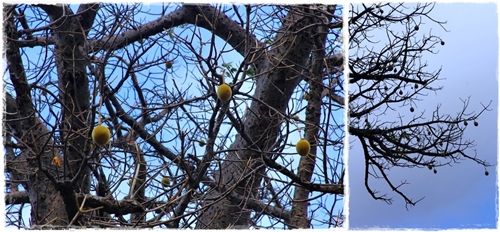New Baobab Species – Fact or Theory?

A new species of baobab, Adansonia kilima, has recently been described for Africa by Prof. Jack Pettigrew.
This is significant because worldwide there are only eight species of baobab, six of them are in Madagascar, one is in Australia and one in Africa (Adansonia digitata). But what has always intrigued taxonomists is that the species that occur in Madagascar and Australia are diploid (having 2 chromosomes in a set) and the one in Africa is tetraploid (having 4 chromosomes in a set).
Taxonomists have said that the 'original' baobab must have been diploid and spurred by this Pettigrew felt that diploid trees must still exist in Africa. He ventured from Australia, where he lives, to the Kenyan highlands where he found a population of diploid trees. Since then he has found other populations of diploid trees and by chance it seems that this new species even occurs in our back yard in Limpopo. I headed out a few weeks ago to see the tree he described as the new species.
Dr. Sarah Venter



